-
-
-
Total payment:
-

Packaging plywood production process
Posted by Kiều Trang at 28/10/2024
Plywood packaging is an essential material in the packaging industry due to its lightweight, high durability, and effective protection of goods. The production process involves several meticulous steps to ensure the quality of the final product. Below is a detailed overview of this process:
1. Material Selection
- Choosing Wood: The primary raw material is wood, commonly using types such as acacia, pine, or eucalyptus. These types are favored for their good strength and reasonable cost.
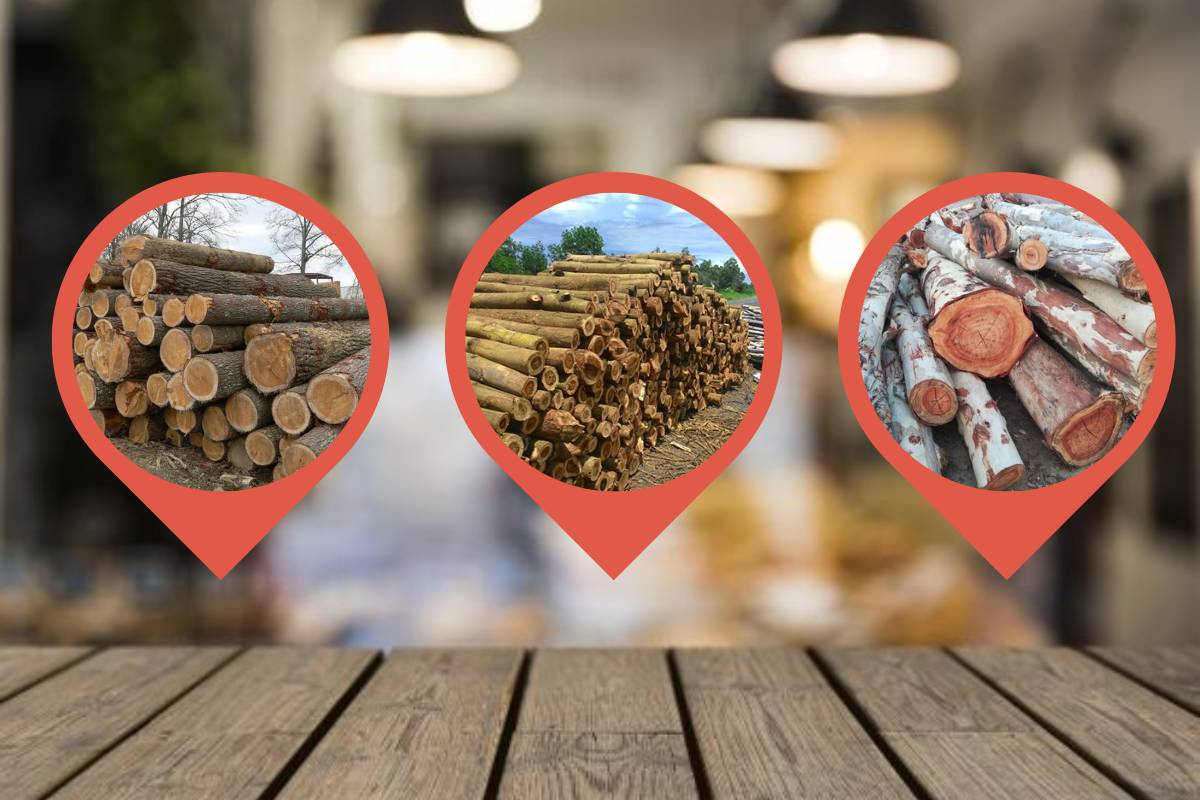
- Quality Inspection: The wood undergoes thorough inspection to detect defects such as cracks, pests, and unsuitable moisture content. The material must meet specific size and quality standards to ensure durability.
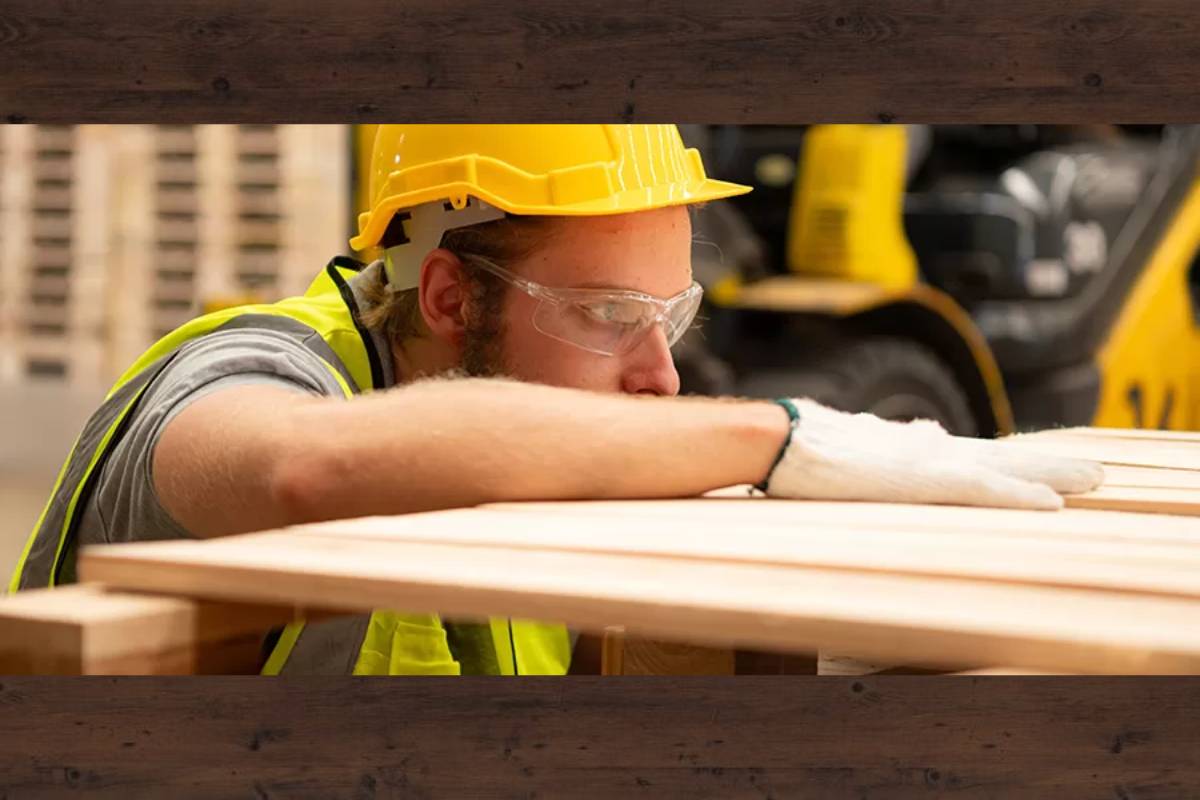
2. Wood Processing
- Cutting and Shaping: The wood is cut into thin sheets with specified thicknesses, typically ranging from 3mm to 12mm. Precision in cutting is crucial for uniformity.
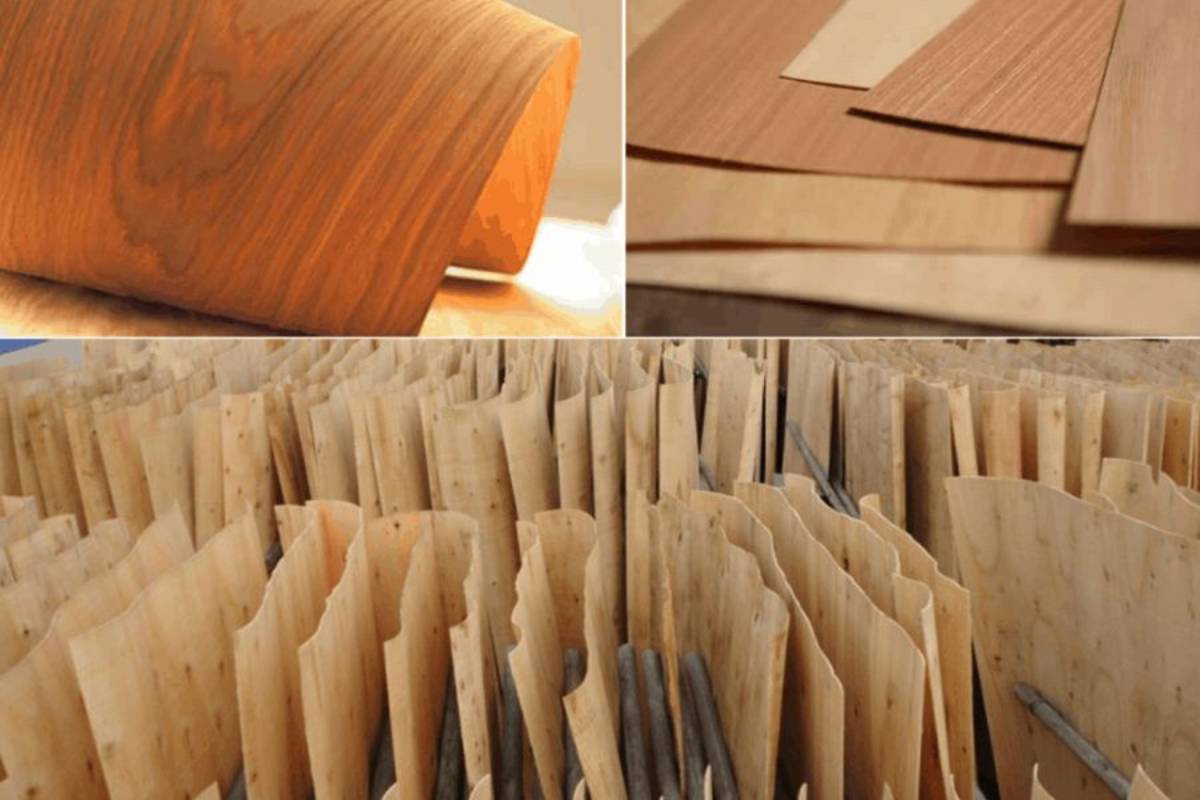
- Drying: After cutting, the wood sheets are dried to reduce moisture to optimal levels (usually between 8-12%). This process can be performed using methods like heat drying or sun drying, enhancing adhesive bonding later.
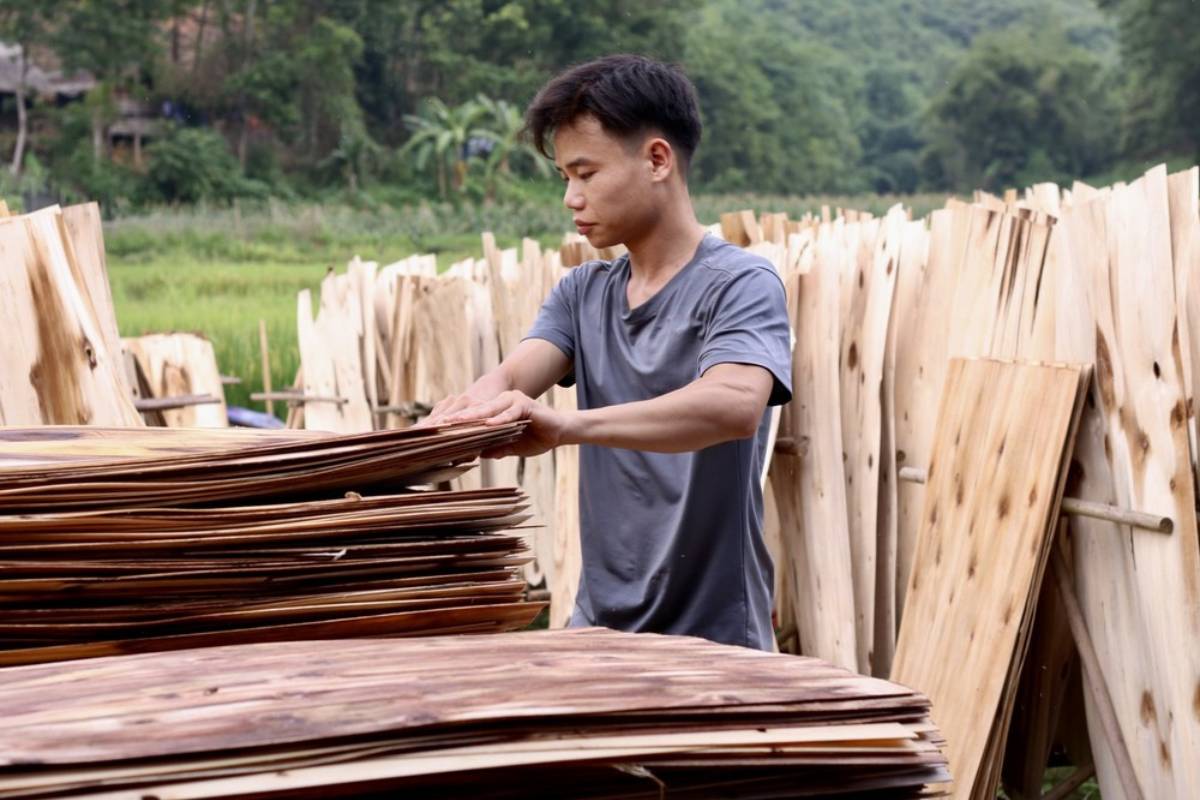
3. Adhesive Application
- Choosing Adhesive: Specialized adhesives that are moisture-resistant and antibacterial are selected to meet packaging requirements.
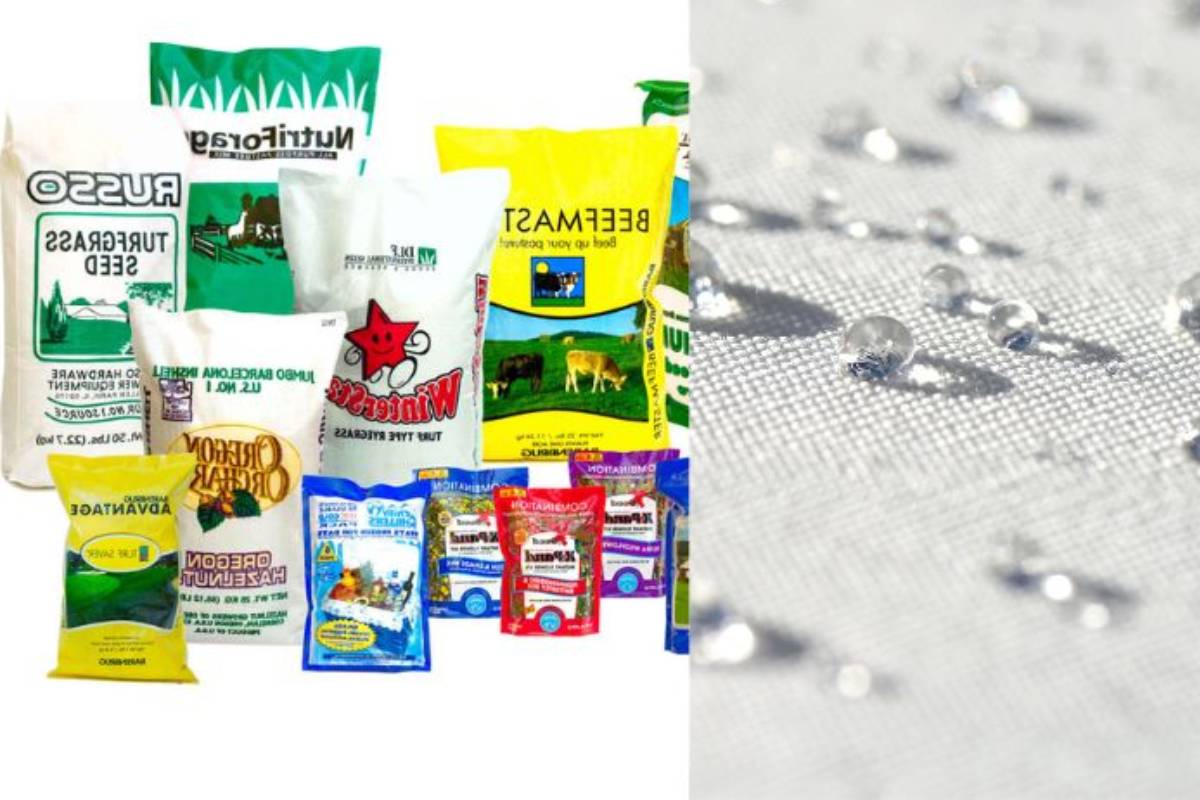
- Layering and Gluing: The dried wood sheets are stacked and glued together. This step must be executed quickly and accurately to prevent the adhesive from drying before pressing.
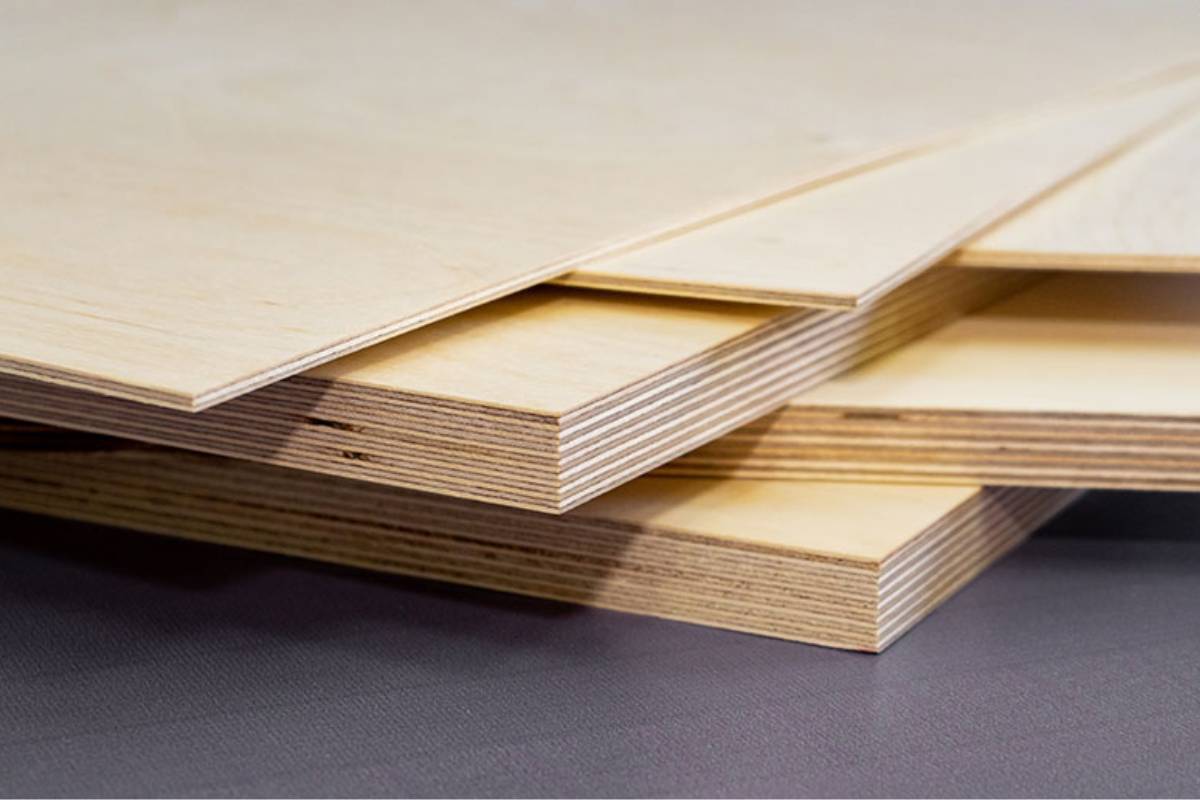
4. Pressing the Plywood
- High-Pressure Pressing: The glued layers are fed into a press machine where they are subjected to high pressure for a specific duration. The pressure and time depend on the type of adhesive and the thickness of the plywood.
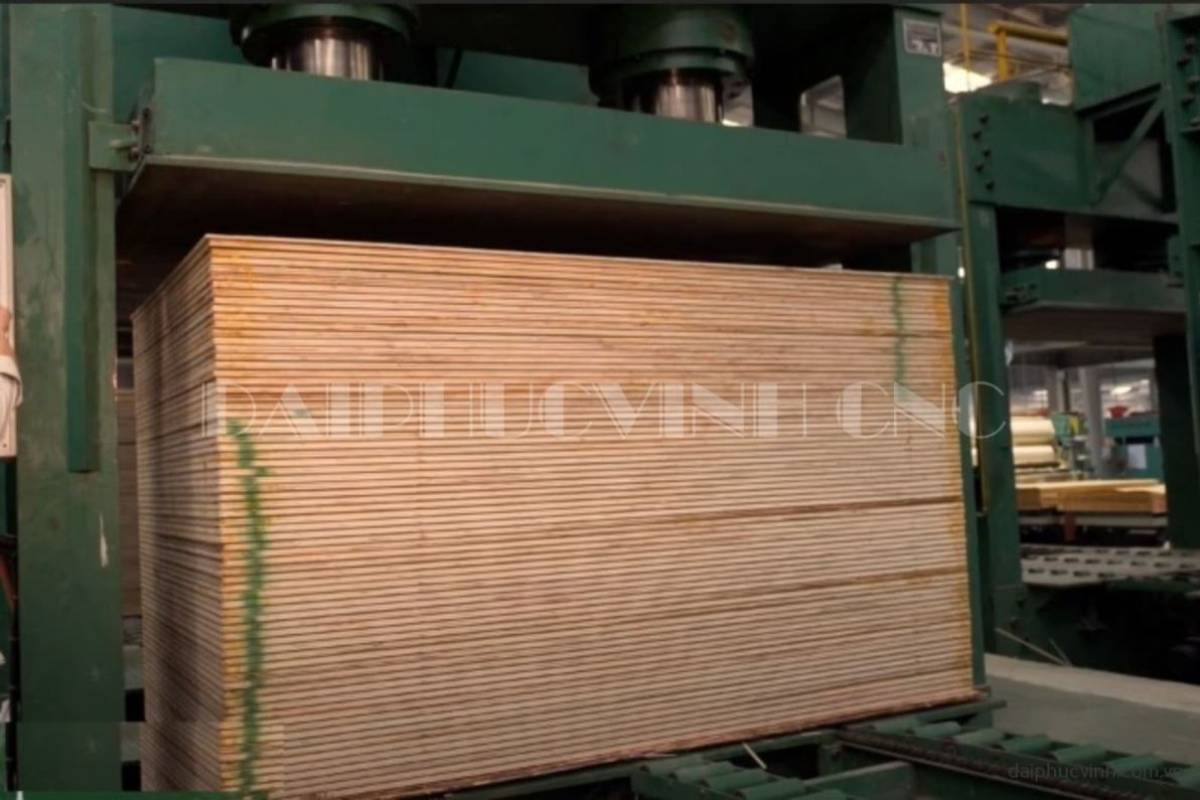
- Temperature Control: During pressing, the temperature is adjusted to allow the adhesive to flow and bond securely with the wood surfaces, resulting in a uniform and durable plywood sheet.
5. Cutting and Finishing
- Trimming to Size: Once pressed, the plywood sheets are cut to meet customer specifications or specific applications. Careful cutting is necessary to avoid damaging the sheets.
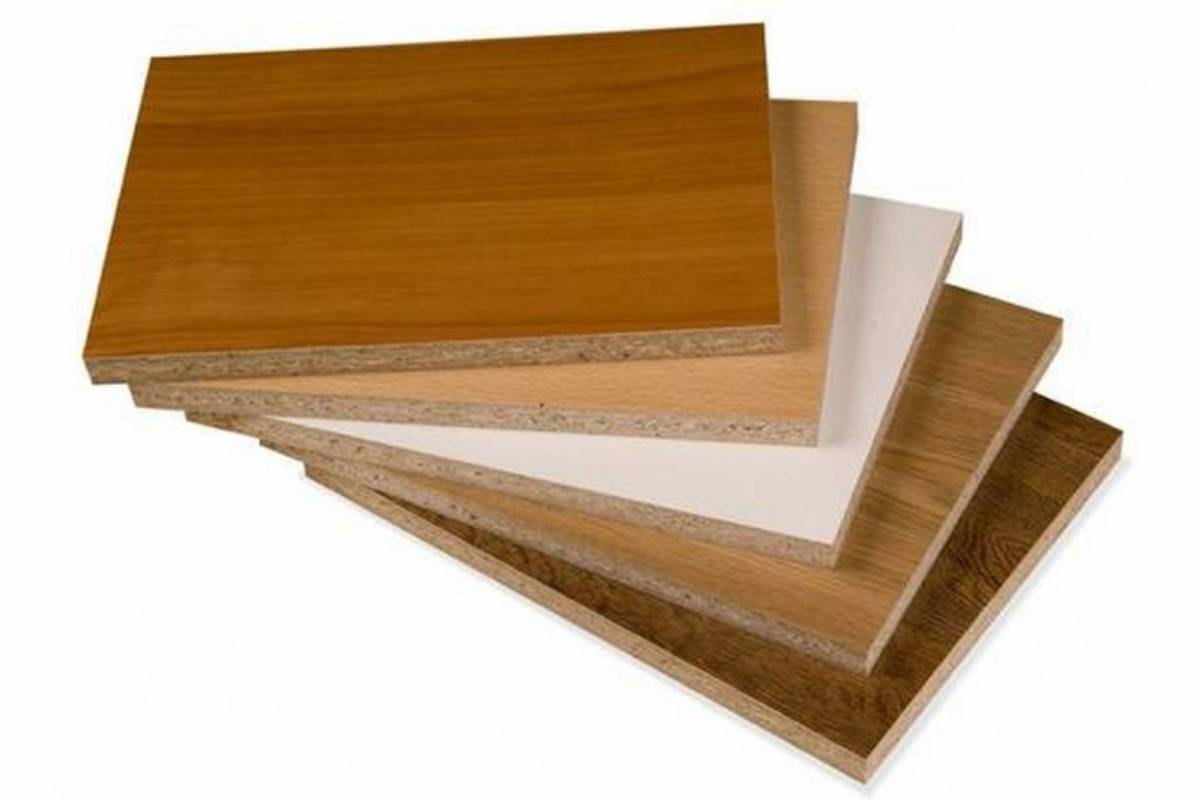
- Quality Control: Each plywood sheet undergoes a final quality check to ensure there are no defects such as warping or uneven adhesive layers. Only products meeting standards proceed to the next stage.
6. Surface Treatment
- Finishing the Surface: The plywood surface may be treated with paint, varnish, or laminate to enhance aesthetics and water resistance. These processes improve durability and visual appeal.
- Packaging: Finally, the plywood packaging is carefully packed to prepare for transportation. Proper packaging is crucial to prevent damage during transit.
The production process of plywood packaging involves multiple steps, from material selection to final product completion. Each step requires attention to detail and quality control to ensure that the final product not only meets standards but also satisfies the increasing demands of the packaging market. With outstanding advantages such as durability, light weight, and effective protection of goods, plywood packaging is becoming a top choice for various applications in the modern industry.










